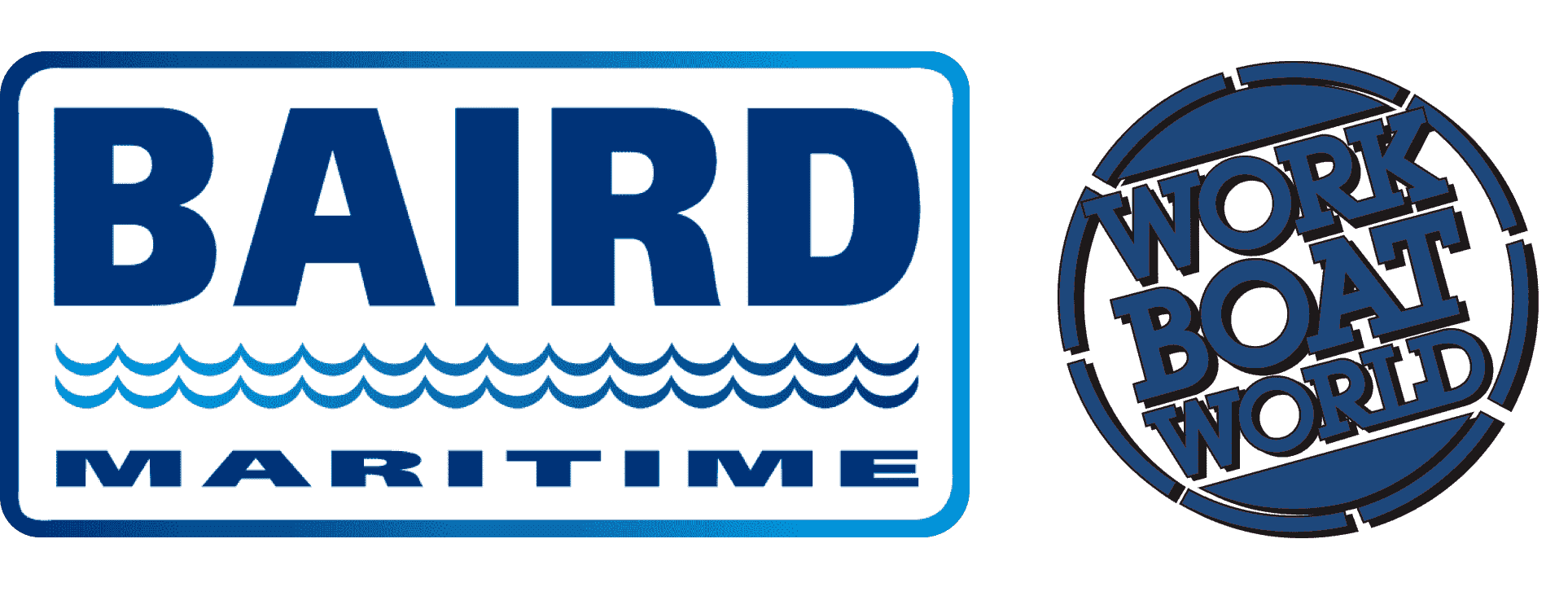AWARDS 2023 | Best Electric Tug – HaiSea Wamis – Robert Allan Ltd
Designed for operations in a very environmentally sensitive area not far from the Robert Allan Ltd office in Vancouver, British Columbia, this very useful 28-metre, 70tbp vessel represents the very latest in tug design.
The berthing, unberthing and escorting of very large LNG carriers demands the utmost in safety and reliability. This powerful tug and its sisterships deliver that in spades. They also deliver clean, green power from the plentiful hydro-electricity that is readily and economically available from the local grid.
"The tug was designed to deliver a combination of vessel performance and environmental friendliness," Mike Phillips, Project Manager and Naval Architect at Robert Allan Ltd (RAL), told Baird Maritime. "It is the first battery electric tug to enter service in North America, and with its large battery banks totalling 5,288 kWh, it can perform its primary missions on battery power alone."
Phillips added that the batteries can be charged from the local hydroelectric power grid in British Columbia, enabling HaiSea Wamis and sisters HaiSea Wee'git and HaiSea Brave to help reduce over 5,000 tonnes of CO2 emissions as a fleet per year.
"The battery electric propulsion also makes the tug exceptionally quiet both aboard and below the surface, and with free running underwater radiated noise about one-tenths that of an equivalent diesel mechanical tug. The vessel therefore became the first tug to receive recognition of its ultra-low underwater noise signature, specifically UWN notation from the American Bureau of Shipping (ABS).
"It is also the first tug to receive the ENVIRO+ notation, the highest environmental credential available from ABS."
The 2,100kW electric motors deliver power to the tug's L-drive azimuthing propellers to deliver high acceleration and thrust responsiveness characteristics. In Phillips' view, this proves that the perpetual goal of vessel performance improvements with each new design, plus the newer goal of decarbonisation, are not mutually exclusive objectives and can instead complement each other.
"The first challenge was ensuring that there would be enough stored energy capacity aboard for the trio of HaiSea battery electric tugs to comfortably complete their missions assisting LNG carriers at the new LNG Canada export terminal in Kitimat, which is a very small port. There aren't other tugs based there with the required capabilities to replace HaiSea Wamis or its two sisters, so these three tugs therefore must have plentiful stored energy and be highly reliable."
Phillips remarked that, since the design brief called for up to 6,102 kWh to be installed between two battery rooms, finding enough space for the rest of the machinery proved challenging within the confines of a relatively compact 28-metre length.
"For further context, there are approximately 17 additional metres of switchboards as additional equipment compared to an equivalent diesel mechanical tug," Phillips told Baird Maritime. "Fortunately, the shipyard did an excellent job of fitting all the usual machinery within the space that remained, and the visual impression when stepping into the machinery room is one of near perfect optimisation of the space available."
Phillips said a lot of thought went into the fire suppression systems for the battery rooms, and there were learnings from other applications around the world even while the design was underway. After much discussion with the owner, the yard, the class society, and suppliers, it was ultimately decided to fit dual systems (gas and mist) in each room for maximum safety.
"The design and construction generally went very smoothly, in large part because of the combined experience of the design team, the shipyard, and the electrical systems integrator. RAL had extensive prior experience designing hybrid tugs from as far back as 2008. The yard brought a wealth of tug building experience, including experience in novel propulsion systems such as a hydromechanical hybrid tug. Lastly, the electrical supplier specialised in associated electrical and control systems for tugs and other vessels such as ferries.
"That combined knowledge paid dividends on the HaiSea project, and the expertise gained from it is already translating into rapidly mounting successes with follow-on battery electric tug projects for other clients worldwide."
For a list of the 2023 "Best Of" award winners, please click here.



